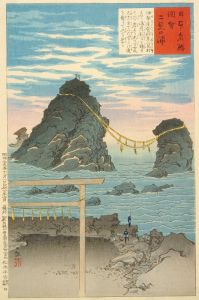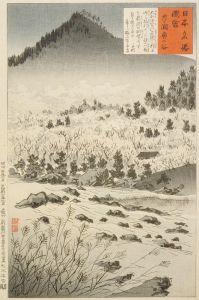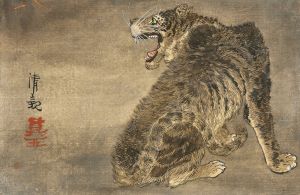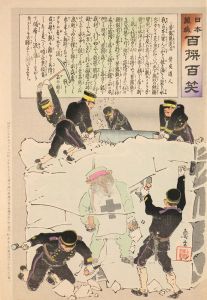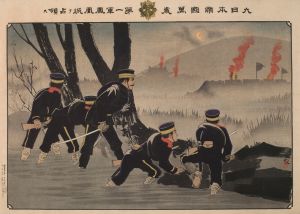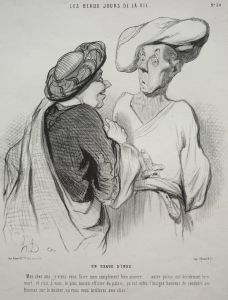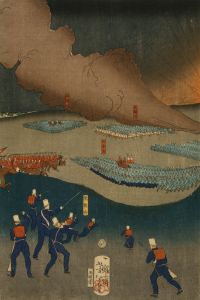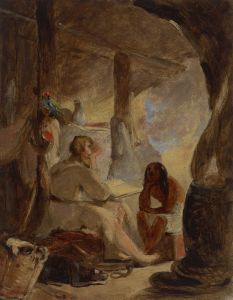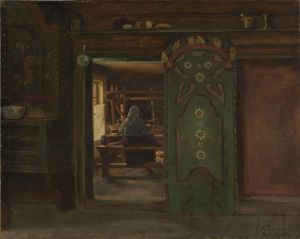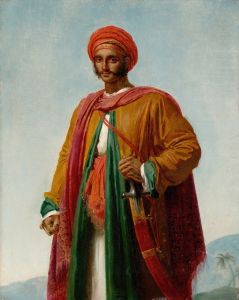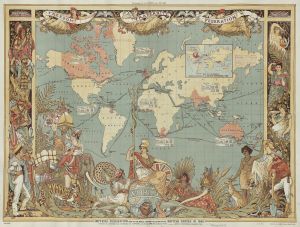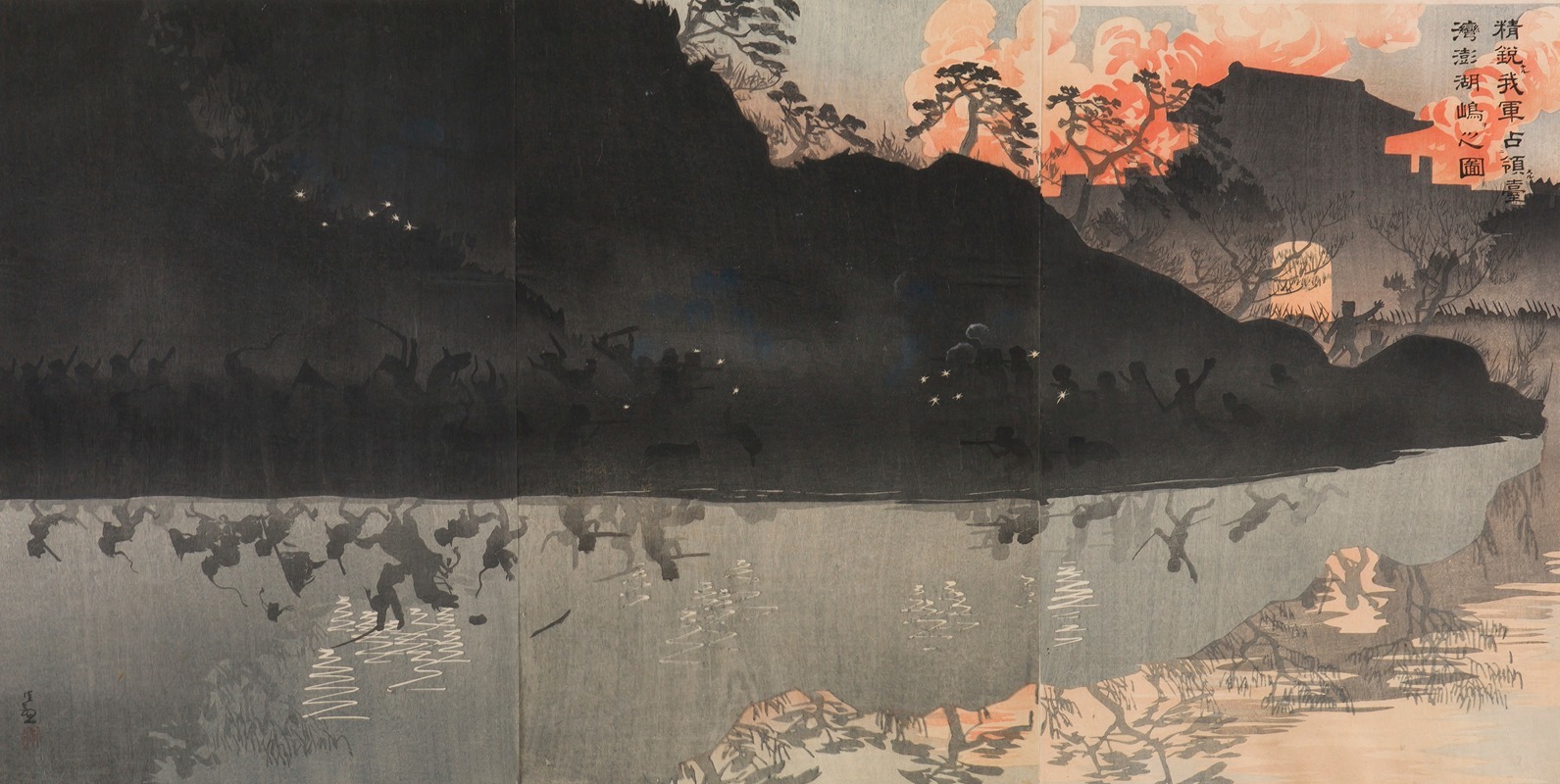
Our Elite Forces Occupying the Pescadore Islands of Taiwan
A hand-painted replica of Kobayashi Kiyochika’s masterpiece Our Elite Forces Occupying the Pescadore Islands of Taiwan, meticulously crafted by professional artists to capture the true essence of the original. Each piece is created with museum-quality canvas and rare mineral pigments, carefully painted by experienced artists with delicate brushstrokes and rich, layered colors to perfectly recreate the texture of the original artwork. Unlike machine-printed reproductions, this hand-painted version brings the painting to life, infused with the artist’s emotions and skill in every stroke. Whether for personal collection or home decoration, it instantly elevates the artistic atmosphere of any space.
Our Elite Forces Occupying the Pescadore Islands of Taiwan is a woodblock print created by the Japanese artist Kobayashi Kiyochika in 1895. Kiyochika, known for his ukiyo-e prints and depictions of modern warfare, produced this artwork during the First Sino-Japanese War (1894–1895), a conflict between the Qing Dynasty of China and the Empire of Japan over influence in Korea and other territories.
The print illustrates the Japanese military occupation of the Pescadores Islands (Penghu Islands), located in the Taiwan Strait. This event occurred in March 1895, during the latter stages of the war. The Japanese forces, under the command of Admiral Kabayama Sukenori, launched a successful amphibious assault on the islands, which were strategically significant for controlling access to Taiwan. The occupation of the Pescadores was part of Japan's broader campaign to secure Taiwan as a colony, a goal that was formalized in the Treaty of Shimonoseki, signed in April 1895. This treaty ceded Taiwan and the Pescadores Islands to Japan, marking the beginning of Japanese rule over Taiwan, which lasted until the end of World War II in 1945.
Kiyochika's print is a vivid example of the propaganda art produced during the war, celebrating Japan's military victories and technological advancements. The artwork likely emphasizes the discipline and modernity of the Japanese forces, reflecting the national pride and imperial ambitions of the era. Kiyochika's style often combined traditional Japanese woodblock techniques with Western influences, such as the use of perspective and shading, which can also be seen in this piece.
As with many of Kiyochika's works, the print serves both as a historical document and a piece of nationalist propaganda, offering insight into the visual culture of Meiji-era Japan. It is part of a larger body of war prints (senso-e) that were widely circulated during the conflict, aimed at bolstering public support for Japan's military efforts.
Further details about the specific composition and artistic elements of this print are not widely documented, but it remains an important example of how art was used to shape public perception of historical events during the Meiji period.






